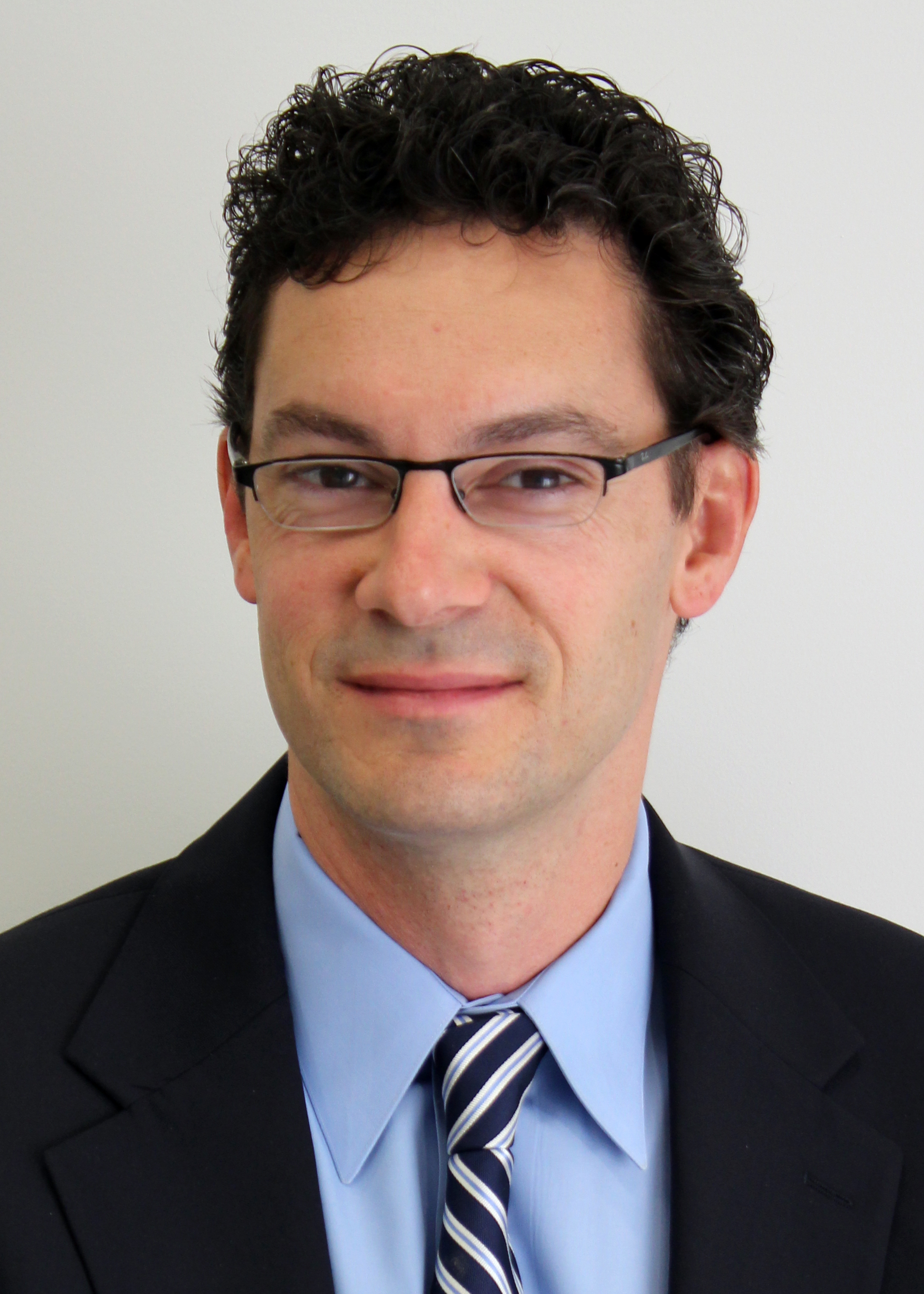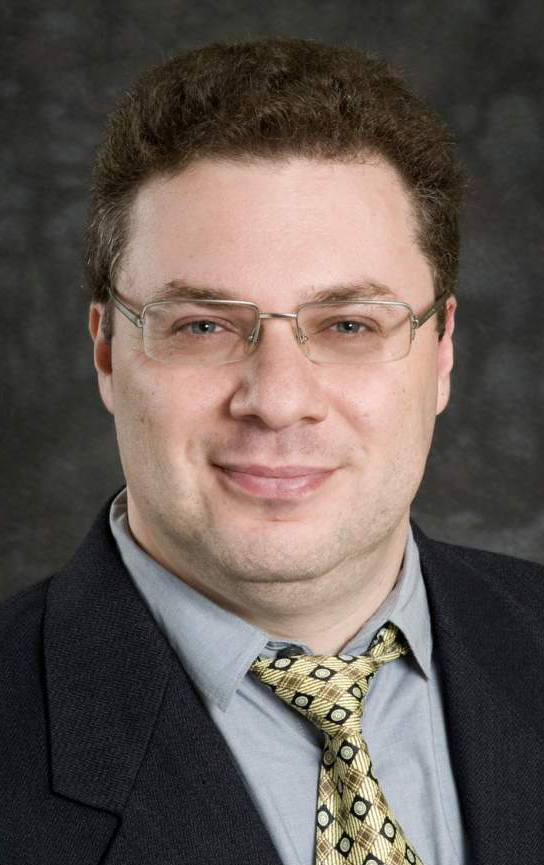 |
“Advances in pharmacogenomics and biological therapies for ‘personalized medicine’ are in the process of revolutionizing the way we care for patients with cancer and many chronic diseases. Deciphering our human genomic make-up to administer tailor-made medicine for individual patients has unlimited exciting implications for the future. The recent availability of flexible and modular filing equipment has been a key enabling technology for the transition of personalized medicine from R&D to commercial reality. Novel primary packaging solutions will also play a key role in advancing personalized therapies for the future.”
– Chris Weikart, PhD, Chief Scientist, SiO2 |
|

|
“We were surprised by the enormous growth in the biopharma sector. We believe that as the importance of innovative pharmaceutical drugs increases, so will the importance of convenient and modern packaging solutions in glass and plastic. Especially, we developed the MultiShell vials and the GX RTF ClearJect syringes in COP because it’s the perfect material to meet the challenges and properties of the new biopharmaceuticals. Suitable syringes and the right vials allow packaging to keep pace with these innovative drugs.”
– Bernd Zeiss, Manager Technical Support Medical Systems, Business Development, Gerresheimer Medical Systems |
|

|
“Over the past year, we have seen a surge of growth in the Pharma & Biotech industries. Our clients have been putting more emphasis on flexible design within their manufacturing suites. It has interesting to watch the architectural implications that are inherent to flexible design as well as single-use and continuous manufacturing technologies. We have seen a reduction in the size of support spaces to manufacturing and opportunities to address material and personnel flows more efficiently within a facility.”
– Christine A. Hofnagel, AIA, Senior Associate, JacobsWyper Architects |
|

|
“A big surprise this year was a noticeable shift in emphasis from autologous to allogeneic therapies. There is a growing understanding that standardized, commercial-grade biologic products in commercial quantities must be manufactured at a reasonable cost so that they can be widely used. While this has been a long-standing issue in the broader field of cell therapy, the change in emphasis is now evident in Japan’s evolving approach to induced pluripotent stem cells, and in the growing efforts to manufacture allogeneic immunotherapies such as allogeneic CAR T-cell Immunotherapies.”
– Karine Kleinhaus, MD, MPH, Divisional Vice President, North America, Pluristem Therapeutics |
|

|
“The still relatively new gene-editing approach, CRISPR/Cas9, has proven to be a powerful tool and comparatively more attainable (easier to make, more cost-effective) research mechanism embraced by scientists across disciplines looking to modify gene structure. It has been impressive to see how rapidly this has moved toward human clinical trials. University of Pennsylvania researchers achieved NIH Recombinant DNA Advisory Committee support for their proposed clinical trial using CRISPR/Cas9 as the next iteration of modifying T cells to fight cancer. Their hope is to attain FDA allowance and approval by their institution to initiate it in 2016, which would make them first in the US. Editas announced late last year their aim to be in the clinic sometime in 2017 with their CRISPR-mediated approach to treat Leber Congenital Amaurosis, an inherited retinal disease impacting children. We look forward to potential advances as U Penn and Editas clinical trials undergo FDA review as we progress our program utilizing CRISPR/Cas9 to treat patients with Fanconi Anemia; an inherited blood disorder impacting young people.”
– Michelle Berg, Vice President, Patient Advocacy, Abeona Therapeutics
|
|

|
“As continuous manufacturing reaches new heights, the industry is adopting rigorous and robust measures to minimize risks and avoid batch failures. The excipient manufacturers are strengthening their capabilities to supply the high functional quality ingredients to help minimizing those risks and saving time and cost of drug products. High functional excipients have been recognized for their utilities in multiple formulation technologies, conventional and non-conventional. As an example, the high functional excipient, such as copovidone (Kollidon® VA64), has been recognized as a gold standard in hot melt extrusion and in solid dispersion technologies, and on the other hand, it has been used as a dry binder in roller compaction and moisture-activated granulation and is also well suited to continuous manufacturing for increasing solubility of drugs and improving the tensile strength of the tablets.”
– Shaukat Ali, PhD, Technical Support Manager, BASF
|
|

|
“The past year has seen a definite shift to the development of higher volume products for subcutaneous delivery. Many small biotech and large pharmaceutical companies’ product pipelines for biologicals are focused on delivering higher doses, less frequent administration, or a move to subcutaneous delivery in the home from intravenous delivery in a hospital setting. The ability to deliver higher volume subcutaneous therapies in a comfortable and convenient manner will become increasingly important to facilitate patient uptake and adherence to new therapies. Supporting the user with self-administration also holds great promise for reducing the burden of escalating healthcare costs.”
– Michael Hooven, President & CEO, Enable Injections
|
|

|
“Over the last year, the development process for NMEs has continued to become more challenging, with the usual issues of bioavailability and safety being supplemented with other key hurdles, including dose form uniformity, oral delivery of macromolecules, targeted and controlled-release delivery, customer and payer-friendly dose form development, scalability of the manufacturing process, and more. So just when we thought R&D complexity and productivity was tough, things got tougher. Thankfully, at the same time formulation technologies to enable solutions to these challenges have continued to advance, and drug development innovators have more options to get it right earlier, faster, and more efficiently if they plan early, think through their options, and partner with the right technology and formulation experts.”
– Elliott Berger, Vice President, Global Marketing & Strategy (CMO), Catalent
|
|

|
“In the development of drug delivery systems for drugs and biologics, specifically combination products (CPs), it was most surprising to learn that despite the significant fanfare and reaction to the recent CP regulations issued by the FDA, there is a low perception within organizations that senior management is aware of the full extent and impact of device regulations on their internal drug/biologic development programs.”
– Lilli Zakarija, MSME, MBA, Co-Founder & President, EdgeOne Medical Inc
|
|

|
“Enormous progress in personalized medicines has evolved over the past year. Yet, there is still a lot to do. In that respect, the integration of patient-customized formulation with drugs designed for individual patients will help achieve some of the progress still in front of us. For example, we continue to hear more and more from industry advocacy groups that there is a great opportunity for better pediatric formulations. What’s surprising over the past year is the magnitude of the unmet needs for better formulated medicines for children. We’ve developed pediatric patient-centric products in the past using our taste-masking technology combined with patient-centric dosage forms, such as ODTs or taste-masked powders sprinkled on food, and we found these pediatric formulations are successful solutions to help parents and caregivers administer medications to children that are acceptable and encouraging compliance to treatments such as HIV, allergy, and pain management/fevers. We’re continuing to solve these challenges to help more pediatric patients than ever before. Patients are at the heart of everything we do. Our partnerships with children’s hospitals provides a direct resource to identify and help continue to satisfy unmet medical needs for us to help more children.”
– Anthony Recupero, PhD, Senior Director Business Development, Adare Pharmaceuticals
|
|

|
“It’s surprising that many pharma companies are not appreciating the power of modeling and simulation (M&S) software tools for formulation design and development. For example, we routinely conduct modeling/simulations to predict how our prototype should behave in order to match the desired target PK profile. It’s a unique expertise of ours. Specifically, in the area of taste-masking bitter APIs, M&S can be very useful in determining the maximum amount of coating material that you can apply onto the drug containing particles so that it doesn’t jeopardize bioequivalence or bioavailability expectations. We are asked increasingly to provide this solution, and we have the expertise behind it. Specifically, we have been using M&S for many years. M&S software is quite complicated. One of the experts involved in the development of the software made a comment to me that this software uses more differential equations than the program that sends humans onto the moon. To use M&S software efficiently, it requires great knowledge in math, coding, statistics, biopharmaceutics, and pharmacokinetics, etc. It takes years to develop the expertise to use it properly and efficiently. To understand the assumptions and limitations, to ask the right questions, to know if you have a good model, to know if the prediction is plausible…all of these take time and efforts, and we have M&S specialists who know how to make the best use of it.”
– Jin-Wang Lai, Senior Director, Formulation & Analytical Labs, R&D, Adare Pharmaceuticals
|
|

|
“Several observations in the rapidly changing space of biopharmaceuticals. First, that after two decades of declines, the pharmaceutical industry is beginning to achieve greater rates of success with clinical trials from inception to market, indicating increasingly effective early stage screening and more patient-centric therapies. Second, I am impressed with the advances in human microbiome understanding and manipulation in treating disease. Third, I have been surprised that reproducibility initiatives have had issues in replicating clinical studies. And finally, that proving positive pharmacoeconomics does not necessarily justify high drug prices.”
– Derek Hennecke, President of Xcelience, a division of Capsugel Dosage Form Solutions
|
|

|
“First, there was the impressive number of drug approvals in 2015. Great news of course! But it wasn’t the sheer number that struck the attention, not so much as the nature, the efficiency, and speed by which these approved drugs had reached market. For instance, the majority (87%) of the 45 new drugs were receiving FDA approval on a first-try basis, without having to provide additional info to the FDA. In the not so distant past, only half the IND applications made it through the first round. In fact, the average time for drug approvals, counting from the moment FDA grants permission for human studies up to approval, was 7.5 years. With the FDA’s expedited review processes, however, we saw that time reduced to an average of 5.2 years. Additionally, of the 11 drugs falling in the breakthrough category, 3 received expedited status, taking as little as 4.3 years! Is this the dawn of a new era where the industry and regulators finally get each other’s pulse?”
– Jasmine Musakhanian, Scientific & Marketing Director, Pharmaceutical Division, Gattefossé USA |






























